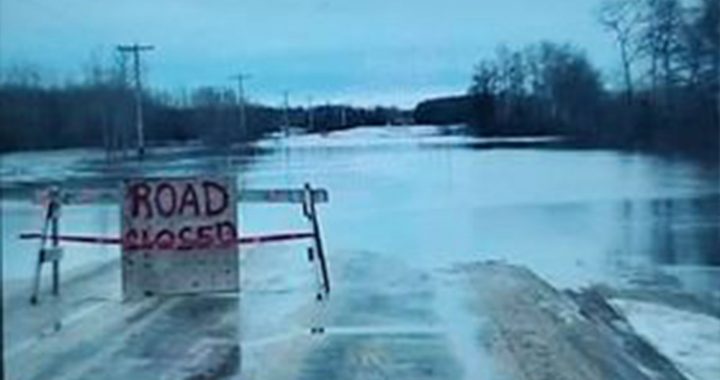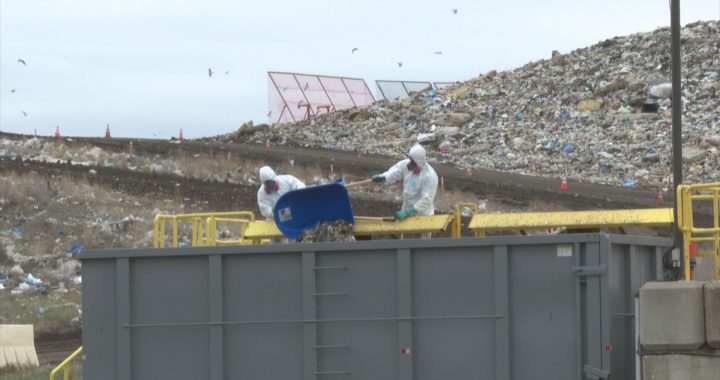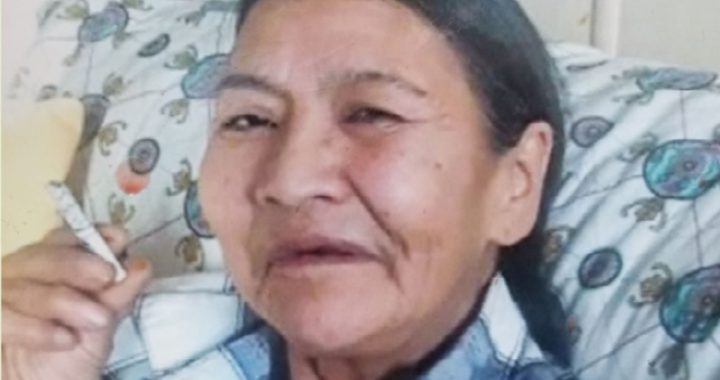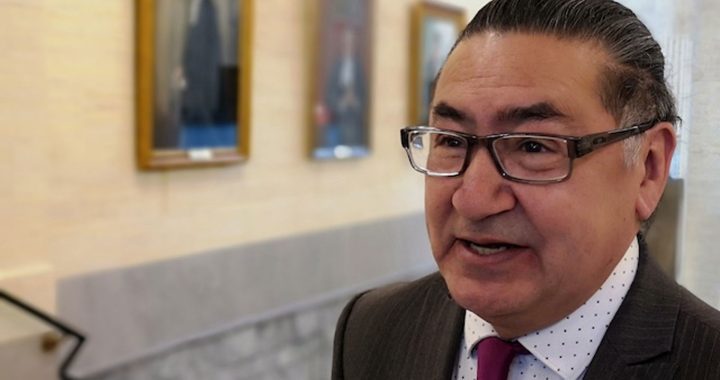Since the outbreak began, Indigenous Services Canada report that there are 1,040 COVID-19 cases in First Nations communities with Alberta leading all other provinces with 370.
Dr. Chris Sarin, deputy medical officer at Indigenous Services Canada told APTN News that Alberta has 73 active cases on reserve as of Oct. 19.
One of the hardest hit recently is the Maskwacis Community, about an hour south of Edmonton.
The Community consists of four nations; Louis Bull Tribe, Montana First Nation, Erminskin Cree Nation, and the largest, Samson Cree Nation.
APTN spoke to Samson Cree Nation Chief Vernon Saddleback via Zoom about the recent outbreak.
Last week, it announced 26 active COVID-19 cases. That number, as of Oct. 19 is now 37.
“We all knew this was coming,” he said. “This isn’t a surprise… but definitely our numbers have really gone up.”
Saddleback is concerned about members who are shaming other members who have tested positive.
“For everybody in Maskwacis, I guarantee you, you know someone who has tested positive,” he said.
He said everyone must change their attitudes towards the virus and the people who have it.
“We need to have a lot more compassion.”
Read More: APTN coverage of COVID-19
Assembly of First Nations Regional Chief Marlene Poitras is concerned that communities are feeling cooped up after six months of isolation and are perhaps neglecting proper protocols to contain the virus.
“I think a lot of people are experiencing Covid fatigue,” she said. “They are tired of staying home.. but our messages need to be consistent, in terms of asking our people to continue to practice the good measures for protection.”
Sarin agrees that practising the proper protocols will help reduce COVID-19 infections.
“Effective hand hygiene. Physical distancing must be maintained, especially in indoor settings.”
He says to respect the indoor gathering limits, and wearing a mask in situations where physical distancing cannot be maintained.
If communities go back to being vigilant, and following protocols, Sarin said that it is the most effective way to reduce COVID-19 transmission.









